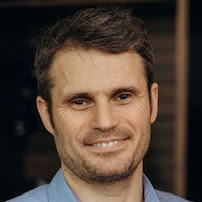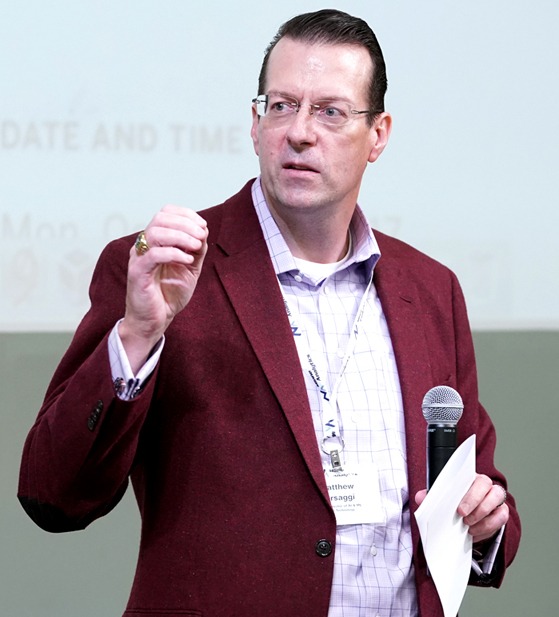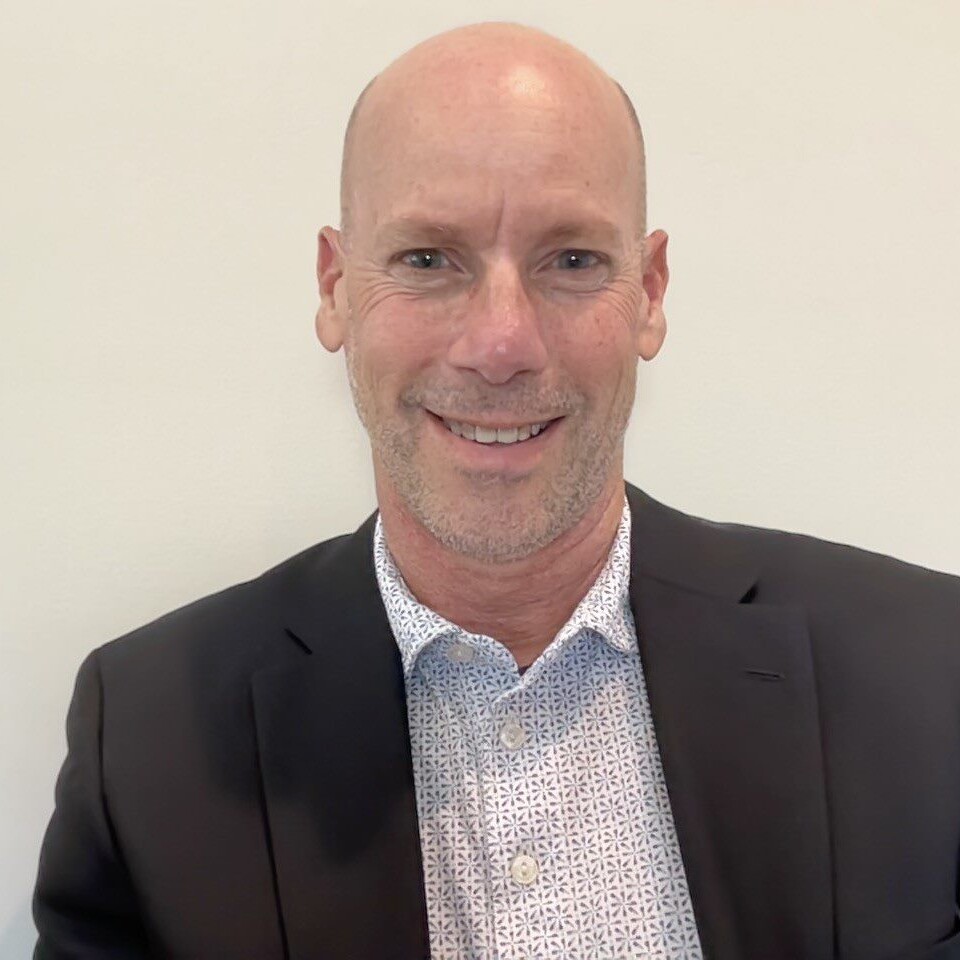Before Kathleen Crandall was a globally known branding and personal impact coach, she was a senior vice president at the world’s largest PR firm. This career was a defining characteristic for her and she took satisfaction in the opportunity to share her job title with people. Then several years ago, two sudden, inoperable brain tumors changed her life and she was forced to give up her house, her job, and her title.
Without this title to lean on, Kathleen was adrift – who was she, really? This dramatic change brought her to a career in coaching on personal brand and impact. Today, she is a professional coach and speaker, and encourages people to view themselves beyond their job title.
Kathleen Crandall recently joined the Women Leading in Technology Group to give a keynote speech on the power of your personal brand in business and in life.
One of the first exercises that Kathleen conducted with the audience was to have audience members turn to one another and answer the age-old question, “tell me about yourself?” – however, like Kathleen when she was forced to leave her career, they couldn’t mention their job title or their company name. Eliminating this crutch forces you to think about yourself in a new way that is much broader. What are you known for and what defines you? How can you tell people what you do and the impact you make in a way that goes beyond a title?
Developing a Personal Brand
Whether you have consciously developed your personal brand or not, you most likely have one. It’s the same brand that shows up in your professional life, your personal life, and everywhere in between. According to Kathleen, your brand is what you repeatedly do and say.
“Your brand is not created, nor is it one thing at work and another outside of work. It is what you are known for, and it is reinforced every single day with every word, behavior and action. 24/7, 365 days a year.” – Kathleen Crandall
So, how do you begin to define your personal brand?
When answering the question “tell me about yourself,” many people go right to a trait or skill, such as “problem solver.” Saying “I’m a problem solver” is fine, but Kathleen advises that a way to create a larger impact for yourself is to add a skill to that trait. Instead of just a problem solver, you are a strategic problem solver, or an innovative problem solver. Modifying a skill with a trait is a simple but effective way to elevate yourself and stand out when introducing yourself or making a pitch for yourself.
Next, Kathleen recommends layering on an impact to show the effect you have on people and organizations. You’re not just a leader, you’re an empowering leader who gives people the tools they need to succeed. You’re not just a problem solver, you’re a strategic problem solver who simplifies common pain points for organizations.
According to Kathleen, personal impact is what happens because of you. After a career of reviewing countless resumes, Kathleen says most were full of skills, traits, and metrics, but were missing a crucial detail – what happened because of the applicant. Establishing this metric helps create a more distinct vision of who you are as an employee and teammate.
“Any positive impact made in business started with a positive impact made on people.” – Kathleen Crandall
Creating an Effective Elevator Pitch
Once you have established your personal brand and impact, you can weave it into your elevator pitch. Being able to describe yourself and the impact you make for your organization is a learned skill that takes practice. During her keynote, Kathleen wryly remarked that if you are going to tell her four things, you should pick which one you would like her to forget. While humorous, this hits on a salient topic: our limited memory and attention spans. An effective elevator pitch relays vital information in a short, concise manner.
In addition, the points you make in your elevator pitch should build upon themselves around a central theme or topic. Movies and songs are memorable because they build on a theme or a chorus and circle back to it, cementing an element and its importance in your mind. According to Kathleen, a good elevator pitch should build on common elements and circle back to a main point, such as your skills as a strategic problem solver.
Seek Outside Feedback
After going through this process, you may have an idea of what your personal brand and impact is, but it likely differs from what others think of you. Kathleen recommends leaning on a few close friends or colleagues you trust to help close that gap. A simple way to achieve this is to email them asking them to fill out the five prompts below and then compare their answers with your own.
-
- What are my top 5 skills? (Think nouns such as tact or nuance)
- What are my top 5 traits (Think adjectives such as creative or empowering)
- What happens because of me?
- What 3 things do you think I’m known for?
- Anything else? (This opened ended question can help fill in any gaps)
By understanding how others view you and the impact you make on the world, you can center in on a brand identity that is both accurate and impactful. Listening and accepting the feedback that others give you can also help alleviate imposter syndrome as well.
The Minnesota Technology Association and the Women Leading in Technology group are grateful for Kathleen sharing her time and insights in this keynote speech. Vist the MnTech website to learn more about Women Leading in Technology and view upcoming events. You can view Kathleen’s full keynote speech in the video below.

























